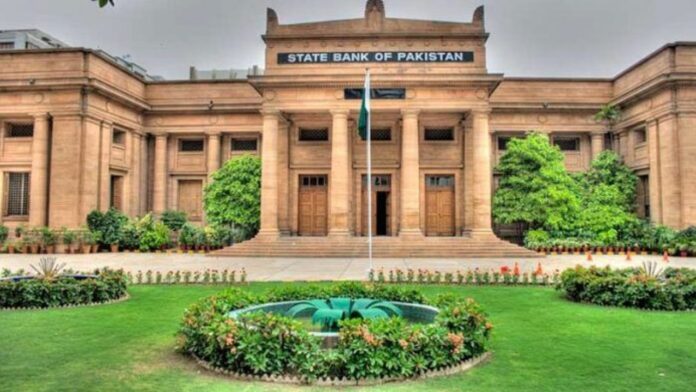LAHORE: The State Bank of Pakistan (SBP) announced on Tuesday that it will raise the policy rate by 100 basis points (bps) to 21%, the highest ever, according to a press release issued by the bank’s Monetary Policy Committee (MPC).
The decision comes after the MPC meeting, which took into account the rise of inflation to 35.4% in March 2023, with the expectation of continued high inflation in the near future. However, there are early indications of inflation expectations plateauing, albeit at an elevated level.
The committee believes that this decision is a crucial step towards achieving the objective of price stability, as it will anchor inflation expectations around the medium-term target. It also noted that Pakistan’s financial sector remains broadly resilient, while economic activity continues to moderate.
The committee noted three important developments that have implications on the macroeconomic outlook. First, the current account deficit has narrowed considerably, more than previously anticipated. Second, significant progress has been made towards the completion of the ninth review under the International Monetary Fund’s (IMF) Extended Fund Facility (EFF) program. Third, recent strains in the global banking system have led to further tightening of global liquidity and financial conditions.
The MPC considered the current monetary policy stance as appropriate, stressing that the decision, along with previous monetary tightening, would help achieve the medium-term inflation target over the next eight quarters. However, the committee noted that uncertainties attached with the global financial conditions as well as the domestic political situation pose risks to this assessment.
The incoming data on economic activity continued to reflect a broad-based slowdown. There has been a significant decline in sales volumes of automobiles and petroleum products in recent months.
The cumulative deficit now stood at $3.9 billion in Jul-Feb FY23, about 68% lower from the same period last year, mainly reflecting the contraction in imports. Workers’ remittances had slightly recovered on a month-on-month basis in Feb, and the momentum was expected to continue.
Despite the lower current account deficit, higher loan repayments relative to disbursements are keeping the foreign exchange reserves under pressure. Thus, the committee reemphasized that the early conclusion of the ninth review under the IMF program is critical to rebuild the FX reserve buffers.
























